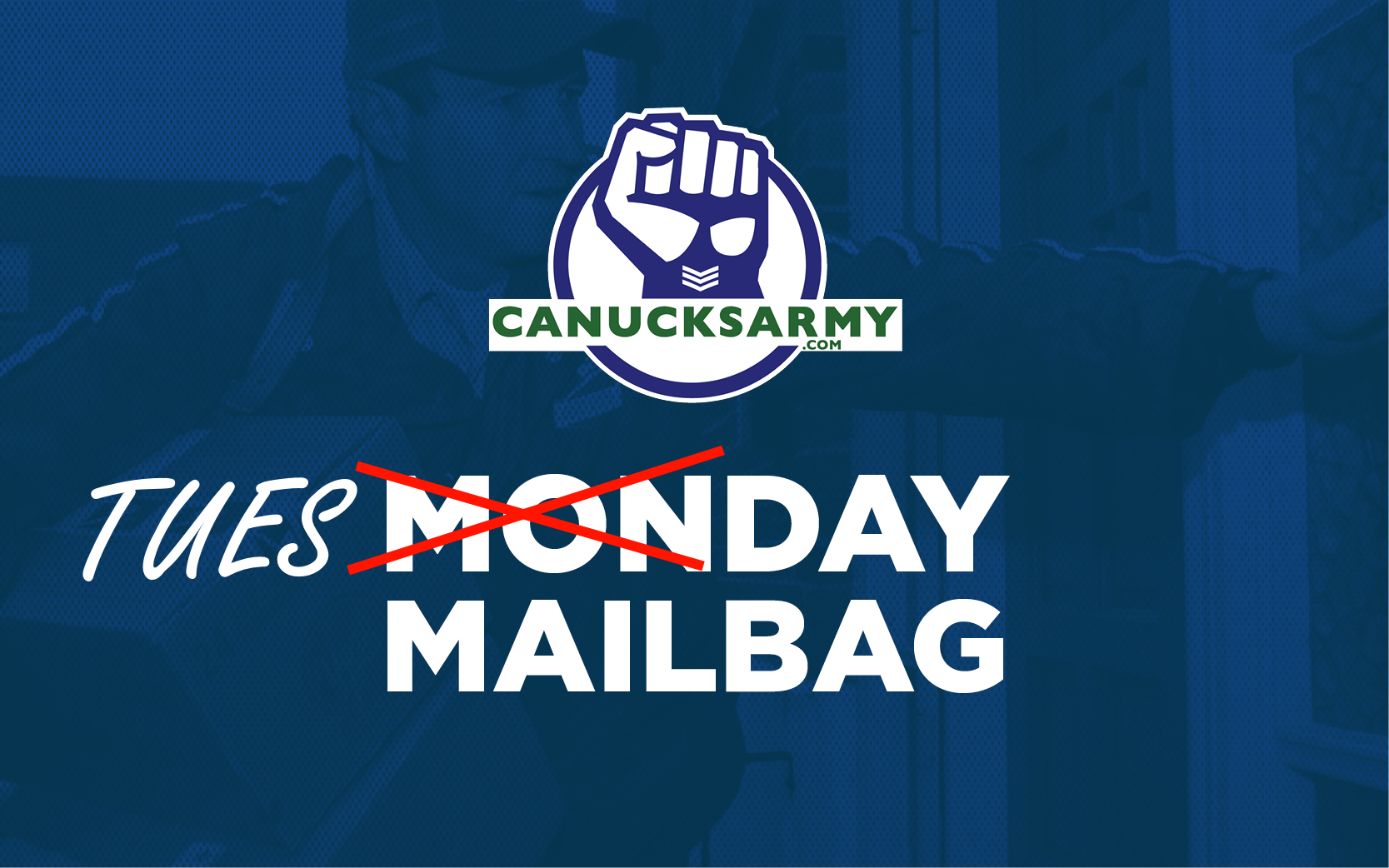Coaching Candidate Profile: John Tortorella
By Cam Charron
10 years ago
Image via Wikimedia Commons
He was a surprise late entry to the group, but John Tortorella brings what fans and media in this town have wanted for so long. He’s a brash personality that holds players accountable. He has Stanley Cup experience. He has a grizzled, no-nonsense attitude and he doesn’t speak French. Clearly, everything fits.
You got the sense in the Eastern Conference this year that the New York Rangers, Torts’ old team, weren’t really into it. After the big offseason acquisition of Rick Nash, the Rangers stumbled out of the gate, kept stumbling through midseason, stumbled into the playoffs and tripped over their own sticks in a seven-game playoff win over the Washington Capitals. Their only post-first round victory came thanks to Tuukka Rask stumbling all over himself and letting in the reelist blooper you’ll ever see.
So the Rangers weren’t good last season. The Rangers have banked on their goaltender and their goaltender alone for two straight playoff runs, winning three rounds in two seasons, but that ultimately resulted in John Tortorella getting fired… Read past the jump for more.
Credit to Glen Sather—he’s been in hockey for so long that occasionally you have to invent the occasional accomplishment—he got rid of Torts despite some modest post-season success with a roster that had no business winning playoff rounds. The Rangers played ugly hockey. They were tight and defensive, collapsed in front of the net and let NHL statisticians record blocked shot after blocked shot. Their offence was opportunistic.
In short, the whole thing was a mess. Tortorella had about five competent NHL forwards to work with by the end of his tenure and ended up getting a lot out of them. At 5-on-5 Tied, the Rangers’ Corsi % was 51.8%, good for 12th in the NHL. He had Derrick Brassard in his Top Six and was under organizational pressure to give Ryane Clowe ice-time based on what Sather paid for him at the deadline.
Torts, unfortunately, is a coach that also shares Mike Gillis’ philosophy about size over talent in the Bottom Six. In the game that saw the Rangers eliminated, Brad Richards sat in favour of Derek Dorsett, Kris Newbury and Micheal Haley. He seems like a natural fit for a team that re-upped Tom Sestito for two years, presumably with the interest of having him play live hockey games with the organization.
Which is why it shouldn’t be too much of a surprise that John Tortorella was spotted wandering around Rogers Arena on Tuesday, as first reported by Canucks Army’s own Dimitri Filopovic. It seems like an odd match at first. Both the Canucks and Torts are drifting, with another year or two before an eventual fall from grace. Torts does share lots in common with Gillis, however. Not only are they committed to the (false) ideal that size and not skill wins hockey games, but neither Gillis nor Torts are in this business to make friends.
By the end of Alain Vigneault’s tenure in Vancouver, him and Gillis didn’t see eye-to-eye on much of anything. Tortorella could be an option simply because Gillis wants a voice to help him confront the local media. That doesn’t mean Torts is a poor coach. He won a lot of games in the last two years for a reason with a roster built by Glen Sather.
The best thing that happened to the Canucks in recent years was the advent of specific player roles. We know that the Sedin twins played in the offensive zone and that Manny Malhotra took faceoffs in the defensive zone. This principle, made two years before the NHL caught onto zone matching and coaches began doing it regularly, extended the prime of Henrik and Daniel Sedin by two years.
Torts was on Vigneault’s page. Check this year’s Rangers’ usage chart. The team’s top offensive players: JT Miller, Chris Kreider, Brad Richards, Rick Nash and Derek Stepan are all hovering around a 60% offensive zone start rate. The team’s top defensive forward Carl Hagelin faces the best competition. A season ago? Just as spread out, with Torts worrying more about his forwards’ commitment to offence and defence rather than line matching.
Generally, Torts knows which of his players can score and how to get them into those positions. I prefer zone matching to line matching except in rare situations, but it still takes a keen eye for the game to note when an offensive zone faceoff is coming, or how to not burn both of your scoring lines during an extended period of game time.
What’s most impressive about Torts though is his development of Dan Girardi and Ryan McDonagh, and how in 2012 they became one of the best pairings in the NHL.
In the upper left, you can see two blue circles representing Girardi and McDonagh. In contrast to how difficult those minutes were, McDonagh and Girardi had a positive Relative Corsi. It’s outstanding that they came out ahead in such tough, tough minutes, but Torts would do the right thing and give them ample help to succeed. He was very committed to the matchup that not only shut down opposing top lines, but also gave more offensive zone opportunities to Anton Stralman and Michael Del Zotto, two defensively limited rearguards.
The whole thing isn’t as crazy as it sounds. Tortorella and the Canucks do have an awful lot in common. As for Torts’ apparent belief in a total defensive system, remember the 2004 Tampa Bay Lightning as a beacon of offensive hockey in a dead era. He will do what he has to with the tools he is given.
Wait, that makes him just like most other coaches…
Recent articles from Cam Charron





